
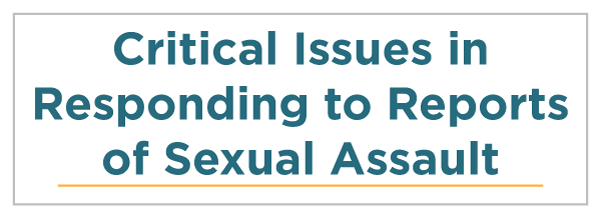 |
 |
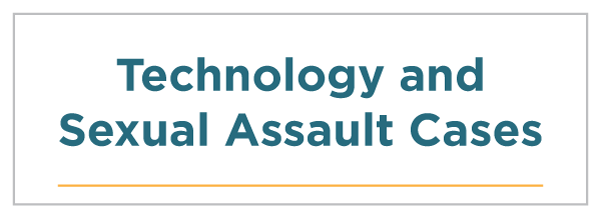 |
 |
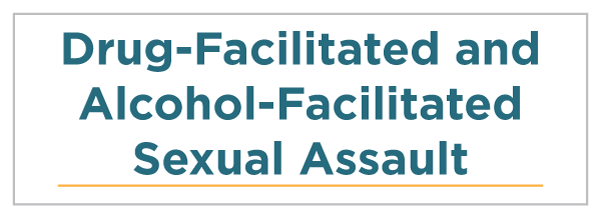 |
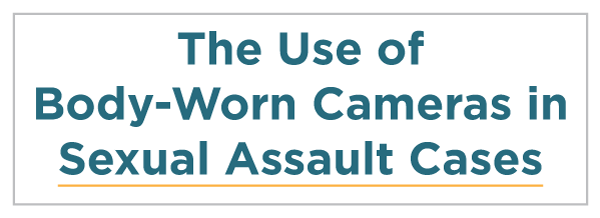 |
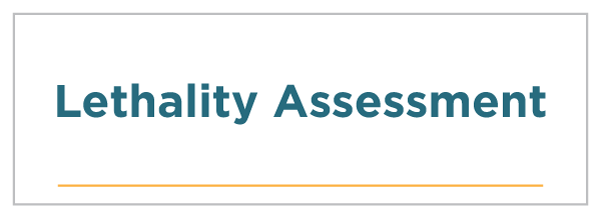 |
 |
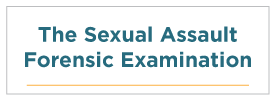 |
 |
 |
 |
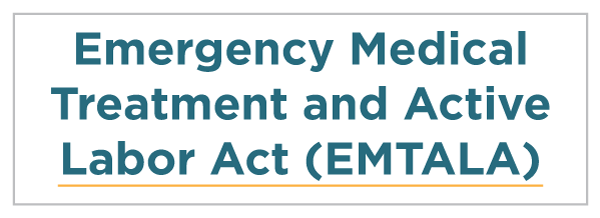 |
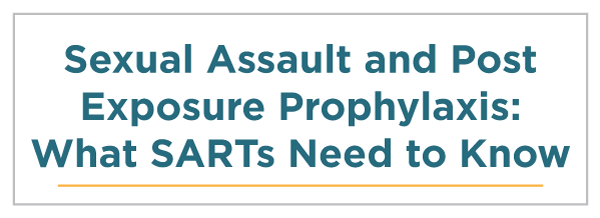 |
 |
This section of the SART Toolkit provides information on critical issues related to the SART response, victim safety, collateral concerns, and best practices. The content will help SARTs seeking to gain a basic understanding of an issue, learn best practices, and identify technical assistance providers to inform local discussions of issues, so SARTs can have informed discussions based on best practices applied at a local level.
This section outlines issues that will require ongoing education, training, and collaboration to ensure an ongoing high-level, victim-centered response. SARTs are encouraged to consult the National Best Practices for Sexual Assault Kits: A Multidisciplinary Approach and A National Protocol for Sexual Assault Medical Forensic Examinations: Adults/Adolescents, Second Edition for more information on many of the concerns outlined.
“I found reporting almost as traumatic as the assault itself.” [1]
The way service providers respond to victims during a report of sexual assault can impact victims’ long-term health as well as their perception of justice. Many victims define justice as their voices being heard and respected. [2]
Victims report sexual assault in a variety of ways that may influence where and when individuals come into contact with a SART. Immediately following an assault, many victims report to someone they trust, often a friend or family member. [3] Victims may disclose to medical providers, law enforcement, or local rape crisis centers any time after a sexual assault — immediately, days, weeks, or years later. [4] Responding to victims in a trauma-informed manner is especially important for victims who report a sexual assault weeks, months, or years after the assault occurred.
SART members should treat all reports of sexual assault as a high priority at the time the report is made, regardless of when the assault took place or if the victim is reporting within the evidence-collection timeframe. SARTs may build their protocols around timeframes associated with evidence collection related to the medical forensic exam. Protocols with this limited focus prepare SARTs for only a fraction of victims.
In many communities, terms such as delayed, deferred, or postponed disclosure are used to describe a case that is reported to medical forensic examiners or law enforcement outside of the short window associated with collecting evidence from a patient’s body.
The terms delayed, deferred, and postponed can incorrectly imply that a victim actively inhibited a sexual assault investigation. These terms discount the fact that the majority of sexual assault cases are reported to law enforcement years after the assault, far outside the timeframe when evidence can be collected from a medical forensic exam. These terms do not account for victims’ individual trauma responses and do not take into consideration safety or cultural factors that influence whether a victim is willing to report the assault and trust the response from the criminal justice system.
While the evidence-collection window is important for SARTs to be aware of, they should also understand that the medical forensic examination is one piece of evidence collection in a sexual assault investigation, the results of which alone do not prove or disprove sexual assault.
In building relationships with various organizations and agencies in communities, SARTs can ask if victims are reporting to them and look for opportunities to connect victims with SART services. You can identify community-based organizations such as faith groups, schools, and culturally specific groups to provide training on SART services, responding to sexual assault, meeting victims’ needs, and referring victims to your SART.
Protocols that focus on the initial point of contact between a victim and a SART member, regardless of when the assault took place, enhance all members’ abilities to respond to the individual circumstances of every assault and the needs of the victim. SARTs should make sure all team members understand any differences in responses to cases based on timeframes.
All SART protocols should outline trauma-informed responses to victims at the time they disclose, regardless of how long ago the assault happened. The team member responsible should be identified for each step in the initial response process.
Every protocol should address how to handle initial disclosures, including —
The evidence-collection window for medical forensic exams should be based on timeframes required by current best practices in forensic science. Information about your state’s statute of limitation on sexual assault crimes can be helpful when working with victims who did not disclose at the time of the assault.
Technology is providing survivors new or alternative methods of reporting sexual assault. There are numerous apps available and in development that provide information on where and how to report as well as various reporting options.
There are websites that guide survivors through their options based on the specific circumstances and location of their assault. These websites guide victims to advocates to support them in the aftermath of an assault. Other websites provide victims the opportunity to confidentially store information, with time stamps, after an assault to ensure it is available whenever — if ever — the victim decides to report to law enforcement.
The use of these resources is in its infancy, and their impact on culture, reporting, and case outcomes is yet to be determined. Whenever your team considers the use of technology it is crucial to ask: Is it safe, is it private, and what if it does not work the way it was intended?
Technology is also increasing access to services and removing barriers for the Deaf and hard-of-hearing communities, people with disabilities, and victims who are not in a safe place to call law enforcement.
Text-to-911, [5] which might refer to words or photos, increases access and removes barriers. This technology allows people to contact emergency dispatchers by text message rather than a voice call. Text-to-911 is not available everywhere, and where it is available, it might be carrier-dependent. SARTs should be aware if this is an option in their jurisdiction and promote it generally and in communities that may specifically benefit from its introduction.
In today’s social media environment, law enforcement may become aware of a sexual assault through media attention or when those who commit sexual assault or other witnesses post about an assault or share audio and digital images of the assault. SARTs can work to establish victim-centered protocols in cases where the report is generated from the offender via social media or other means. These cases may receive a lot of media attention, possibly placing the victim in a very public spotlight immediately following a sexual assault.
For more information, see the Applications (Apps) section of the SART Toolkit.
Cambria County Sexual Assault Protocol (PDF, 44 pages)
This protocol from Cambria County, Penn., covers the roles of law enforcement officers, victim advocates, Sexual Assault Nurse Examiners (SANEs), and prosecutors. It also includes a protocol checklist and discusses each member’s role with regard to anonymous reporting.
Michigan Model Policy: The Law Enforcement Response to Sexual Assault (PDF, 79 pages)
This policy serves as an example for law enforcement responses to sexual assault.
A Model Protocol for Response to Adult Sexual Assault Cases (PDF, 72 pages)
The New Hampshire protocol includes best practices for law enforcement response to sexual assault.
This public awareness campaign led by End Violence Against Women International (EVAWI) encourages people to begin any conversation with a victim by believing, asking “What if it is true?” and making care, support, and investigation decisions from that framework.
Callisto: Tech to Combat Sexual Assault
Callisto is an online sexual assault reporting system for campus sexual assault victims. It provides victims a confidential and secure way to keep a record of an assault and report electronically to campus authorities.
Seek Then Speak is a digital aid that connects victims to information so they can make decisions and act. Victims can remain anonymous as long as they’d like and are in control of the information they share, who they share it with, and what they want to happen. It is available on anyone’s desktop and mobile phone, or even a landline.
| Back | Index | Next |
